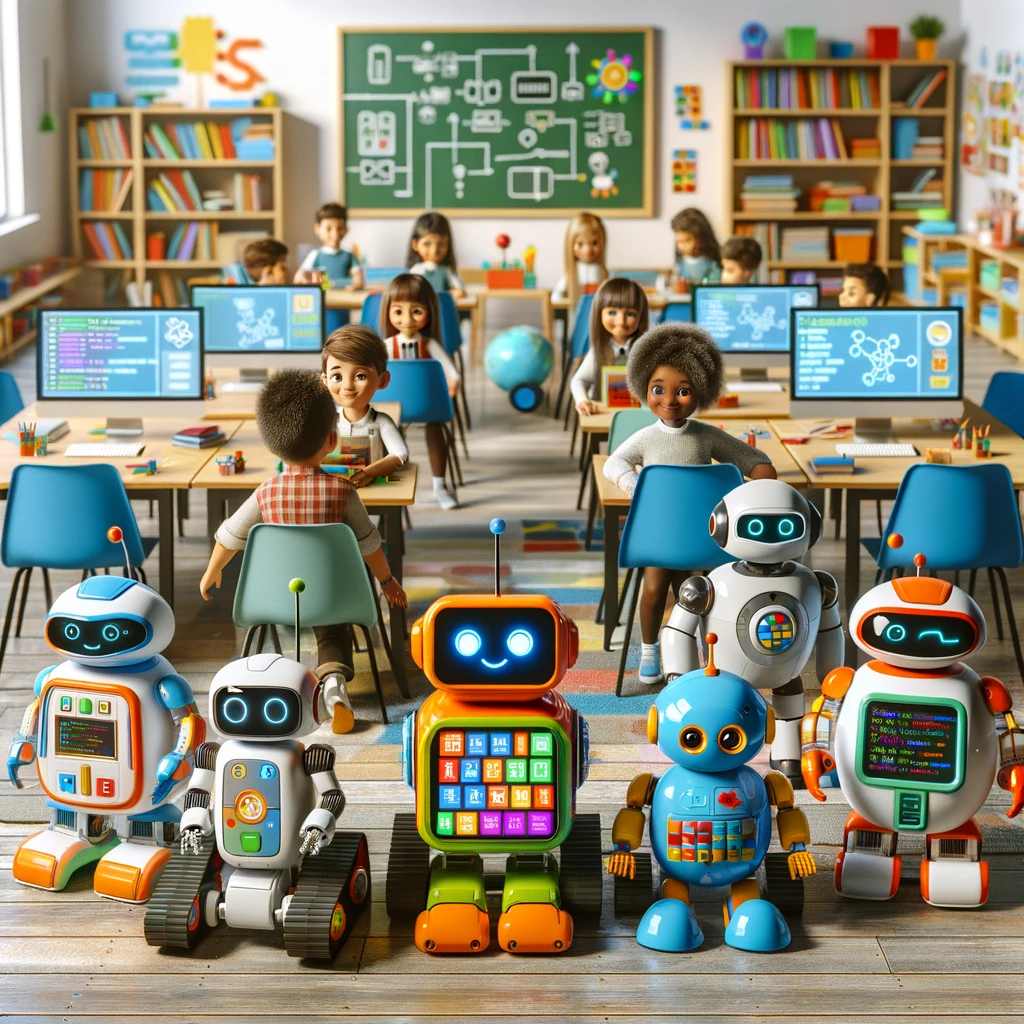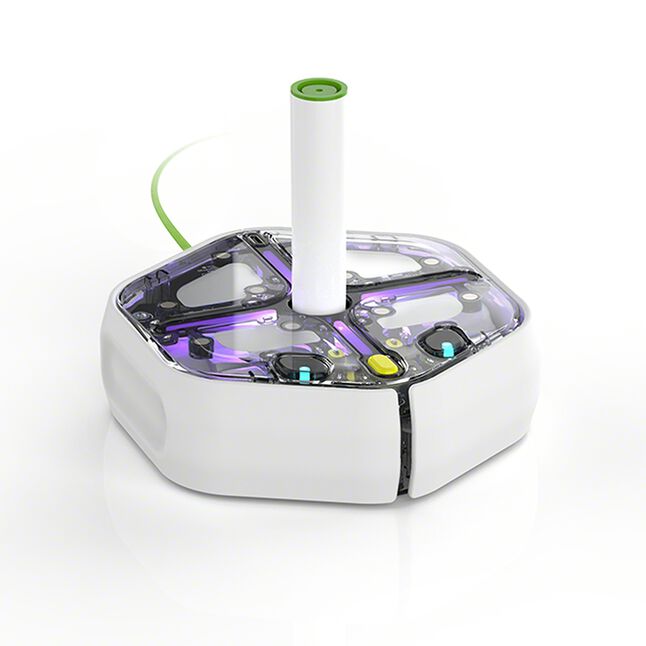
The realm of educational technology has seen a remarkable evolution over the years, with a variety of tools designed to enhance learning and teaching experiences. Among these innovations, educational robots have emerged as a significant game-changer, revolutionizing the way subjects like science, technology, engineering, and mathematics (STEM) are taught. The iRobot Root stands out as a prime example of this technological leap, embodying the intersection of robotics and education. Created by iRobot, a company widely recognized for its home robots, the Root brings the complex world of robotics into classrooms and homes, making it an accessible and engaging tool for learners of all ages.

iRobot, traditionally known for its robotic vacuum cleaners, has ventured into the educational sector with the Root, showcasing its commitment to fostering a deeper understanding and interest in STEM fields. The Root robot is designed to grow with the user, offering three levels of coding complexity that cater to beginners, intermediates, and advanced learners. This adaptability makes it a versatile educational tool, capable of teaching coding and problem-solving skills to a wide audience, from young children getting their first taste of programming to adults looking to refine their coding abilities.
The Root’s design is deceptively simple, yet it houses advanced technology that enables it to perform a variety of tasks. Equipped with sensors, it can navigate around obstacles, respond to touch and sound, and even follow specific color codes drawn on paper. This interactive capability not only introduces users to the basics of coding logic and robotics engineering but also encourages creative thinking and experimentation. By turning abstract coding concepts into tangible actions performed by the robot, the Root bridges the gap between theoretical knowledge and practical application.
Educators have found the iRobot Root to be a valuable asset in classrooms. Its ability to engage students in hands-on learning experiences has proven to enhance their understanding of complex subjects. By programming the Root to carry out specific tasks, students see the immediate impact of their coding decisions, fostering a learning environment that emphasizes critical thinking and active participation. Furthermore, the robot’s use in educational settings promotes teamwork and collaboration among students, as they work together to solve problems and complete projects.
The introduction of robots like the iRobot Root into the educational landscape signifies a shift towards more interactive and experiential learning methodologies. This shift is driven by the recognition that effective education in the 21st century requires tools that not only convey information but also inspire curiosity, creativity, and a lifelong love of learning. As technology continues to advance, the role of educational robots is expected to expand, offering even more innovative ways to teach and learn.
Moreover, the iRobot Root exemplifies how companies traditionally focused on consumer electronics can contribute to educational advancements. By leveraging their expertise in robotics, companies like iRobot are able to create products that have a meaningful impact on education. The Root is not just a robot; it is a manifestation of the potential for technology to transform education, making learning more engaging, accessible, and fun for students around the world.
The iRobot Root represents a significant stride in the field of educational technology, bringing the complex and fascinating world of robotics into the hands of learners. Through its innovative design and versatile programming capabilities, it offers a dynamic and interactive way to explore STEM subjects, demonstrating the power of technology to enhance educational experiences. As educational robots continue to evolve, they hold the promise of shaping the future of learning, making it more immersive, inclusive, and inspiring for learners of all ages.